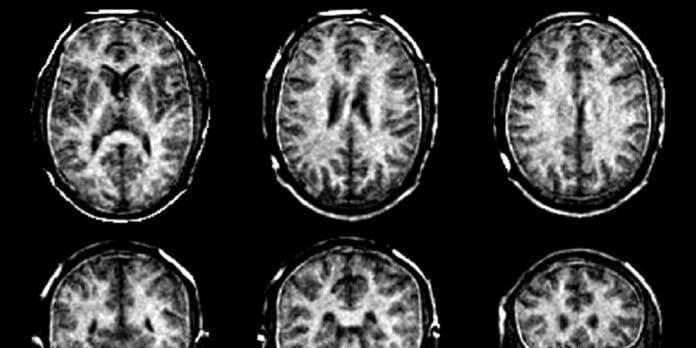Multiple sclerosis (MS) is a tricky disease that affects the nervous system and can cause permanent disabilities. It happens when the body’s own immune system attacks and damages the protective covering of nerve fibers, called myelin sheaths. These sheaths are like the insulation around an electrical wire, helping messages travel quickly between nerve cells. When they get damaged, it can lead to vision problems, speech difficulties, and trouble with coordination.
Until now, it’s been tough to see these myelin sheaths clearly enough to help diagnose and track MS. Still, scientists from ETH Zurich and the University of Zurich, led by Markus Weiger and Emily Baadsvik, have come up with a new way to use magnetic resonance imaging (MRI) to get a better look at them. They tested this new method on healthy people and found it worked well.
This new MRI technique could be a game-changer for doctors diagnosing MS early on and tracking its progress. It also helps researchers develop new treatments for the disease. But that’s not all – this improved MRI method could also be used to see other body tissues more clearly, like tendons and ligaments.
Regular MRI machines give fuzzy pictures of the myelin sheaths because they focus on water molecules in the body, not the myelin itself. However, the new method directly measures the myelin content. It gives a number to show how much myelin is in a particular area compared to the rest of the image. A lower number means the myelin sheaths are thinner, which could indicate MS getting worse.

However, seeing these myelin sheaths directly takes work because the signals they give off are very short-lived. That’s where the custom-built MRI head scanner comes in. It’s much stronger than regular MRI machines and can quickly pick up these short signals.
The researchers have already tried their new method on tissue samples from MS patients and a few healthy people. Next, they’ll test it on actual MS patients. Whether this special MRI scanner will be used in hospitals in the future depends on the medical industry. But for now, it’s a promising step forward in understanding and treating MS to implement it and bring it to market.
Journal Reference:
- Baadsvik E, Weiger M, Froidevaux R, Schildknecht C, Ineichen B, Pruessmann K. Myelin bilayer mapping in the human brain in vivo, Magnetic Resonance in Medicine, 03 January 2024, DOI: 10.1002/mrm.29998
- Baadsvik E, Weiger M, Froidevaux R, Faigle W, Ineichen B, Pruessmann K. Quantitative magnetic resonance mapping of the myelin bilayer reflects pathology in multiple sclerosis brain tissue, Science Advances, 11 Aug 2023 Vol 9, Issue 32, DOI: 10.1126/sciadv.adi0611
- Weiger M, et al. A high-performance gradient insert for rapid and short-T2 imaging at full duty cycle, Magnetic Resonance in Medicine 2018, DOI: 10.1002/mrm.26954
